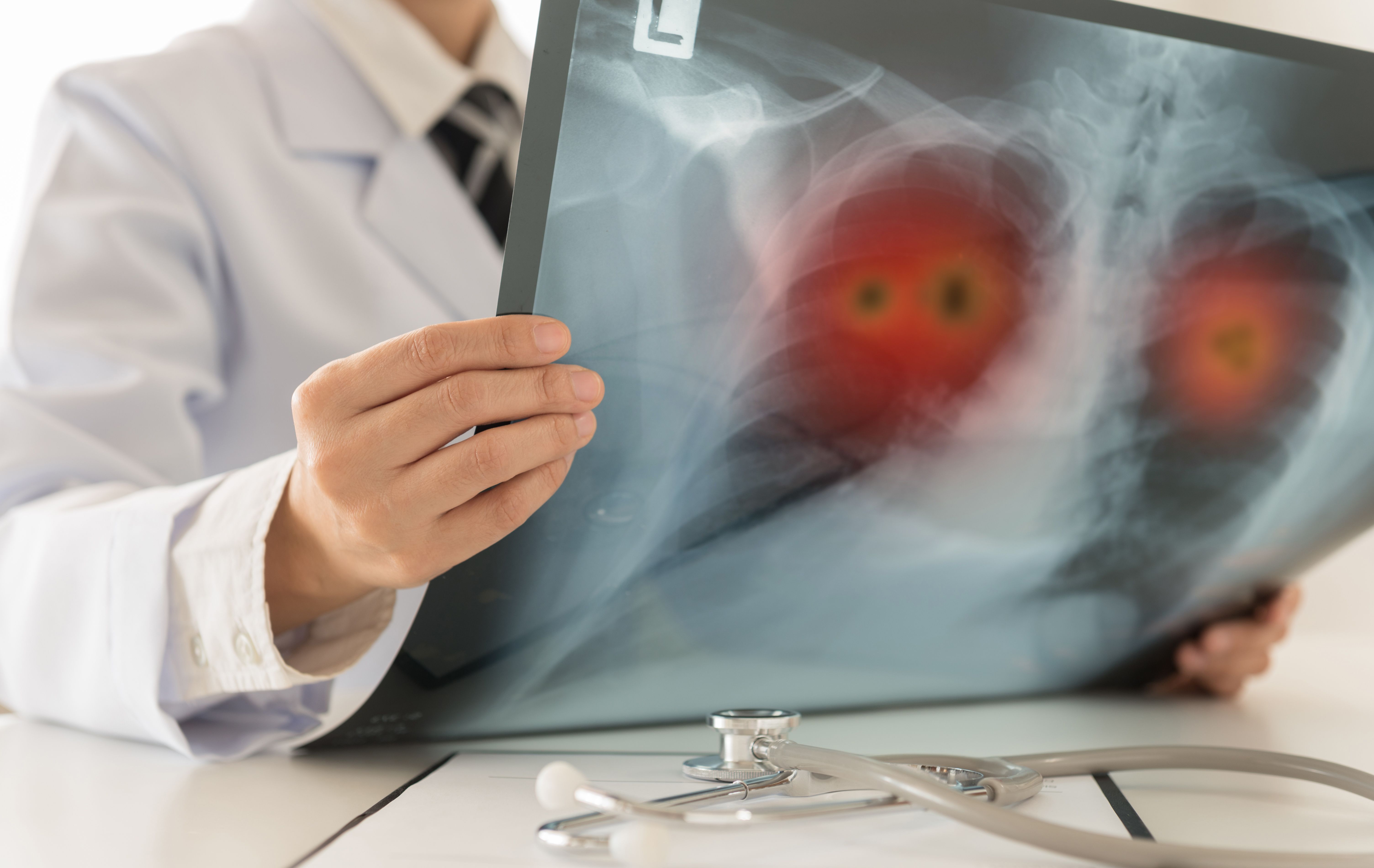Article
Pharmaceutical Pollution on the Rise
Author(s):
Unsafe drug manufacturing facilities give rise to multidrug-resistant bacteria.
In recent years, drug manufacturing has evolved to where it is now a global industry. With the emergence of globalization and the continuous popularity of outsourcing, many drug companies have partnered with foreign drug manufacturers in Asia in the production of active pharmaceutical ingredients (APIs).
While this practice results in cheaper overhead and manufacturing expenses as a whole, globalized drug manufacturing also contributes to the rise in pharmaceutical pollution, according to a study published in the journal Infection.
What the Study Was All About
Dr Christoph Lubbert, et al, authored a study on the relationship of pharmaceutical pollution to multidrug-resistant bacteria. His research was the first systematic analysis of this kind, and was conducted in Hyderabad, South India, the center of drug manufacturing in the country.
The study examined the presence of APIs in wastewater from drug manufacturing industries in the area and its association with the proliferation of multidrug-resistant (MDR) pathogens. The Changing Markets Foundation composed a corresponding report supporting the findings.
The researchers concluded that water resources are contaminated by antimicrobial pharmaceuticals, which results in the dissemination of carbapenemase-producing pathogens. Also, more than 95% of the water samples had the presence of MDR bacterial strains.
To test for pharmaceutical pollution, several areas were considered and tested. These included the nearby villages, the Musi River, 2 sewage treatment plants, and the direct environment of facilities for drug manufacturing. There were 28 water samples collected from these sampling sites.
Approximately 16 of these samples were tested for antimicrobial substances, while the whole lot was tested for the presence of drug-resistant bacteria. Collection was performed from November 19-28, 2016, and according to the study, poor wastewater management by facilities that manufacture drugs contributes to this problem.
Growing Concern
The worsening of pharmaceutical pollution increases the threat to health on a global scale. If nothing is done to address this concern, the number of strains that are resistant to last-line antibiotics, such as carbapenems, will increase.
The World Health Organization has already expressed the potential for more people to be prone to developing MDR tuberculosis each year, with an estimate of approximately 500,000. Moreover, there were approximately 600 reported cases related to the presence of drug-resistant strains from 2003 to 2015 in the UK.
Other Causes of MDR
While globalized drug manufacturing has only recently been considered a contributing factor to pharmaceutical pollution that results in the growth of drug-resistant bacteria strains, there are 2 other culprits to the problem. One is farming and the other cause is the misuse and abuse of antibiotics. The latter is prevalent since a number of people taking medications usually do not follow the instructions of doctors and end up overusing prescribed drugs.
With drug manufacturing facilities in other countries potentially partly responsible for the creation of potential breeding grounds for MDR bacteria, this has turned into a global issue. Lubbert and his colleagues are suggesting the improvement in waste management as a potential solution. They are also calling for the attention of drug manufacturing companies and the concerned agencies to pay more attention to environmental controls to ensure this problem is addressed.
Today, India and China are considered big players in API production in the growing global pharmaceutical industry. While the WHO and other concerned regulatory bodies are on watch, focus is more on the safety of the drugs being sold in the market, and not necessarily on the environmental and health effects of pharmaceutical pollution.
Joshua Pirestani is the president and founder of the American Pharmacy Purchasing Alliance.






